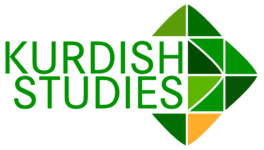Diversity in convergence: Kurdish and Aramaic variation entangled
PhD candidate at Leiden University Centre for Linguistics, the Netherlands.
Abstract
This article is about diverse types of convergence as well a few examples of how diversity within Kurdish affects the modern Aramaic dialectal landscape in Kurdistan. Kurdish-Aramaic bilingualism has had a major impact on Eastern Neo-Aramaic languages. There are numerous challenges to a comprehensive study of contact between the two speech communities, whose far-reaching history is intriguing yet highly complicated. In so doing, the functional-communicative approach mainly developed by Yaron Matras will be helpful, which presupposes that bilingual discourse is the primary locus of contact-induced change. Different factors play a role: those that facilitate, that constrain and that motivate the borrowing. This approach makes a valuable distinction between the borrowing of linguistic matter (concrete word-forms and parts) and the borrowing of linguistic patterns (constructions and their usage). It will be observed that the Jewish Aramaic dialects to the east of the Greater Zab River in the sphere of Central Kurdish influence are less resistant to incorporating Kurdish material, whereas those to the west of it tend to adapt to patterns of Northern Kurdish while making use of native Aramaic material.
